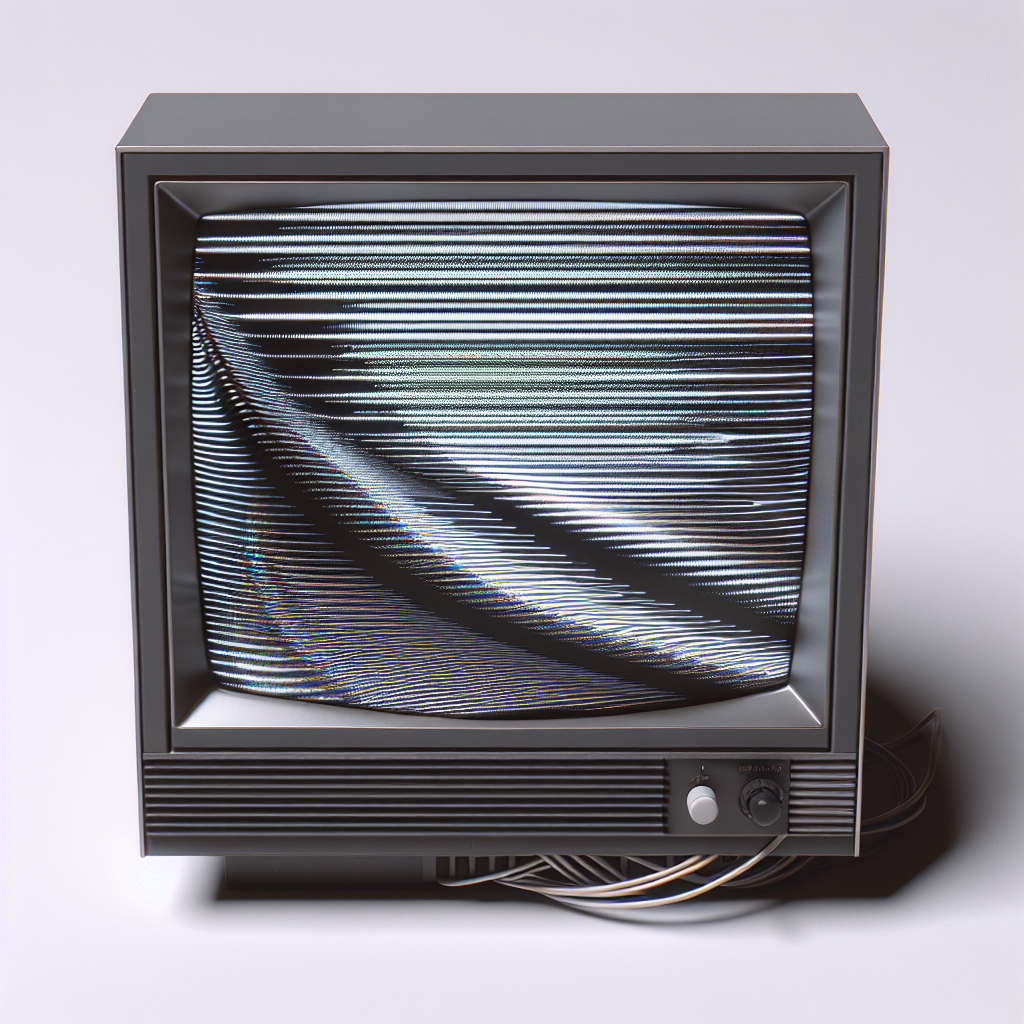Understanding the Refresh Rate of a CRT
The refresh rate of a Cathode Ray Tube (CRT) display is a crucial aspect that directly impacts the viewing experience. In essence, the refresh rate is the number of times per second that the display redraws the entire screen. It is measured in Hertz (Hz). For CRT displays, common refresh rates typically range from 60Hz to 120Hz, though some specialized monitors can achieve higher rates. Understanding this concept is essential for both gamers and professionals who demand high-quality visual performance.
Common CRT Refresh Rates
| Refresh Rate (Hz) | Usage Scenario |
|---|---|
| 60Hz | Standard Office Work |
| 75Hz | Improved Visual Comfort |
| 85Hz | Enhanced Gaming/Graphics |
| 100Hz+ | High-end Gaming/Professional Graphics |
How CRT Refresh Rates Work
In a CRT monitor, an electron gun fires electrons toward the phosphorescent screen. The screen is coated with a phosphor layer that glows when struck by these electrons, creating visible images. The gun scans the screen in a series of horizontal lines from top to bottom. A complete scan of the screen from top to bottom is known as a ‘refresh’ or ‘refresh cycle.’ Increasing the number of these cycles per second increases the refresh rate, making the display smoother to the viewer’s eye.
Factors Influencing CRT Refresh Rates
Screen Resolution
Higher screen resolutions demand more from a CRT’s electron gun, often leading to lower maximum refresh rates. For instance, a CRT may comfortably handle 85Hz at 1024×768 resolution but may drop to 60Hz at 1600×1200.
Signal Bandwidth
The video card must support the desired refresh rate at a given resolution. Analog connections, commonly used with CRTs, must also have adequate bandwidth to deliver the necessary signal quality.
Monitor Capability
Not all CRT monitors are created equal. The quality and design of the monitor itself play a significant role in the achievable refresh rates. Some monitors are built for high-end graphics and gaming, offering higher refresh rates, while others are optimized for standard office work and may have lower refresh rates.
Benefits of Higher Refresh Rates
A higher refresh rate results in several tangible benefits across different use scenarios. These include:
- Reduced Flicker: Higher refresh rates significantly reduce screen flicker, minimizing eye strain and discomfort, especially during extended use.
- Smoother Motion: For gaming and multimedia applications, higher refresh rates offer smoother motion rendering, providing a more immersive experience.
- Better Visual Comfort: Overall, higher refresh rates contribute to a more comfortable viewing experience, which is essential for both productivity and entertainment.
CRT vs. Modern Display Technologies
Liquid Crystal Display (LCD)
Modern displays, such as LCDs, operate differently from CRTs. LCDs use fixed pixels lit by a backlight, eliminating the need for rapid scanning of the screen. Consequently, LCD refresh rates do not result in flicker. However, motion clarity can still benefit from higher refresh rates — typically, 60Hz to 144Hz for gaming monitors.
Organic Light Emitting Diode (OLED)
OLED screens offer superior contrast and color accuracy by using individual light-emitting diodes. Refresh rates are generally similar to those of high-end LCDs, but OLED’s instantaneous pixel response time can provide an even smoother experience.
Conclusion
Understanding the refresh rate of a CRT and its implications is essential for optimizing your viewing and computing experience. Whether for gaming, graphic design, or simple day-to-day use, the refresh rate of your display should match your particular needs. While modern display technologies have largely overtaken CRTs, the fundamental principles of refresh rates remain relevant, impacting how we perceive and enjoy digital content.

